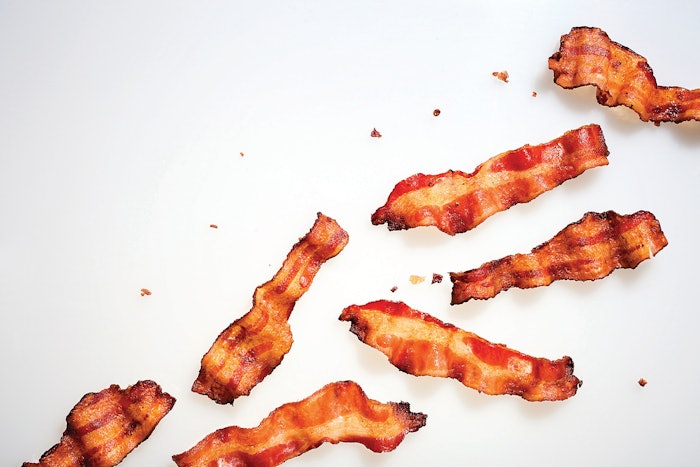
Pentan-2-one, sometimes called methyl propyl ketone (FEMA# 2842, CAS# 107-87-9) has a very bright, fruity, rum note. There is also a very subtle, ethereal aspect to the profile, which is entirely positive. It can outperform or enhance the obvious alternatives, ethyl acetate and ethyl propionate, as a top note, lifting a very diverse range of profiles.
Note that the dose rates given throughout this article are the levels suggested for use in flavors intended to be dosed at 0.05% in ready-to-drink beverages or in a simple bouillon.
Fermented Flavors
Beer: Nobody would suggest replacing ethyl acetate in fermented flavors, it is too important. Pentan-2-one serves to add a bright, attacking, top note and enhances impact. Levels from ten to 20 ppm work well in all styles of beer flavors.
Brandy: Twenty ppm is also a good level in brandy flavors and the effect is similar, adding brightness and impact.
Dough: This ingredient is effective in dough flavors as well as bread flavors. Ten ppm is a reasonable starting point.
Rum: With rum flavors, unsurprisingly, we hit the most obvious use of this raw material. Levels can vary, but 30 ppm is the minimum in the lightest of light rums. Otherwise, the sky’s the limit.
Whiskey: Much more modest levels, around 10 ppm, add subtle lift to all styles of whisky flavors.
To see how pentan-2-one is utilized in dairy, tropical, savory and other flavors, visit the Perfumer & Flavorist+ September 2023 issue.










